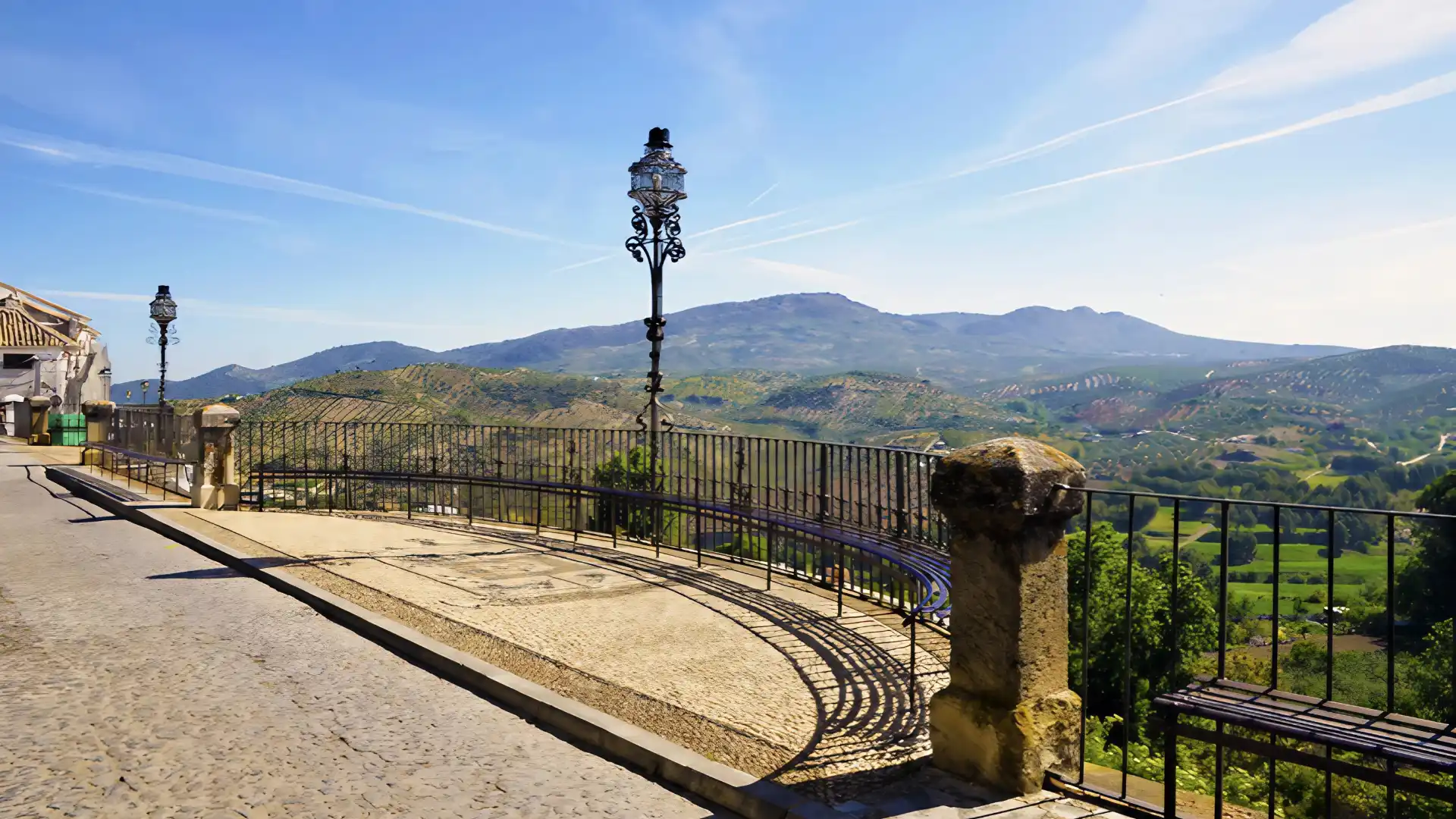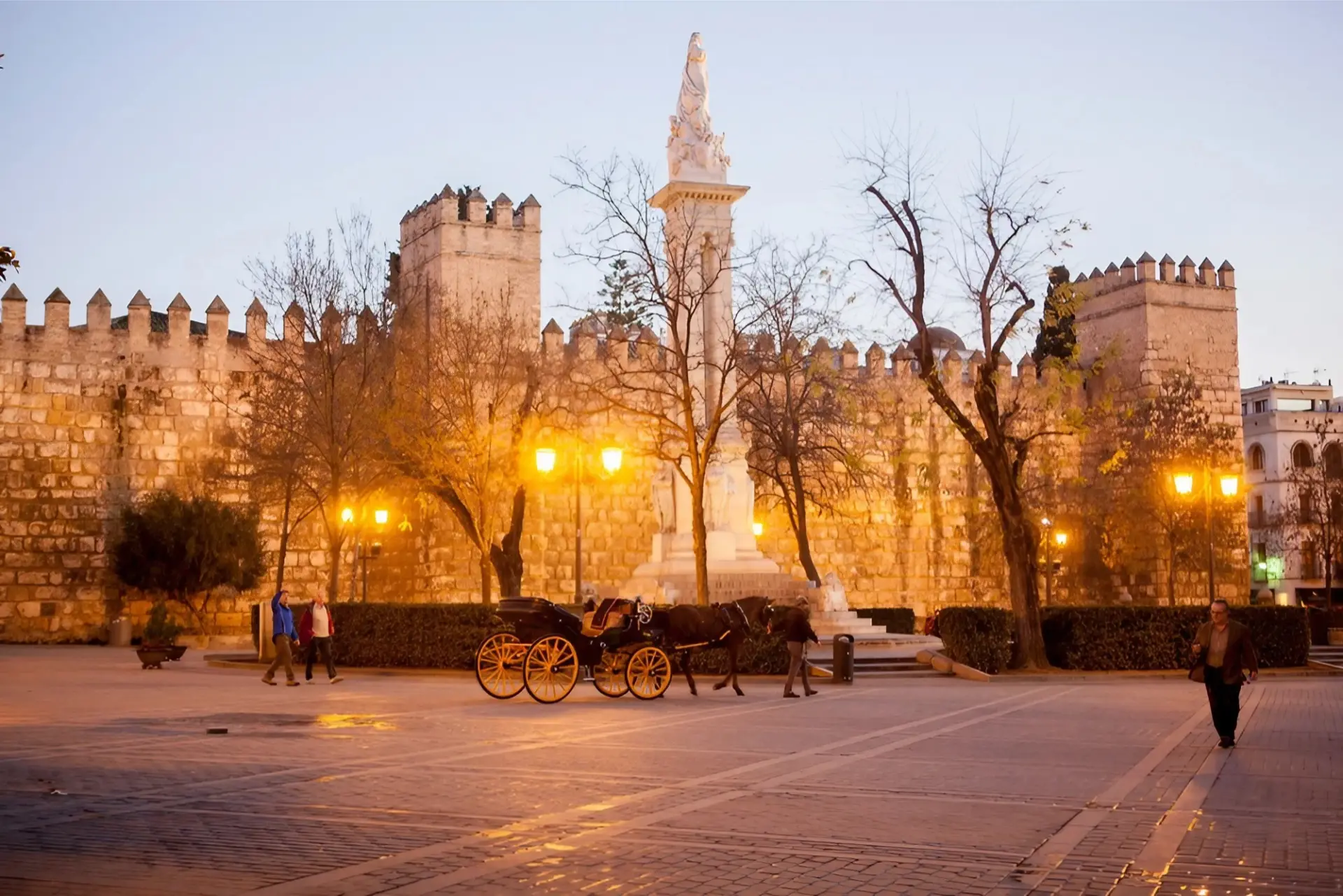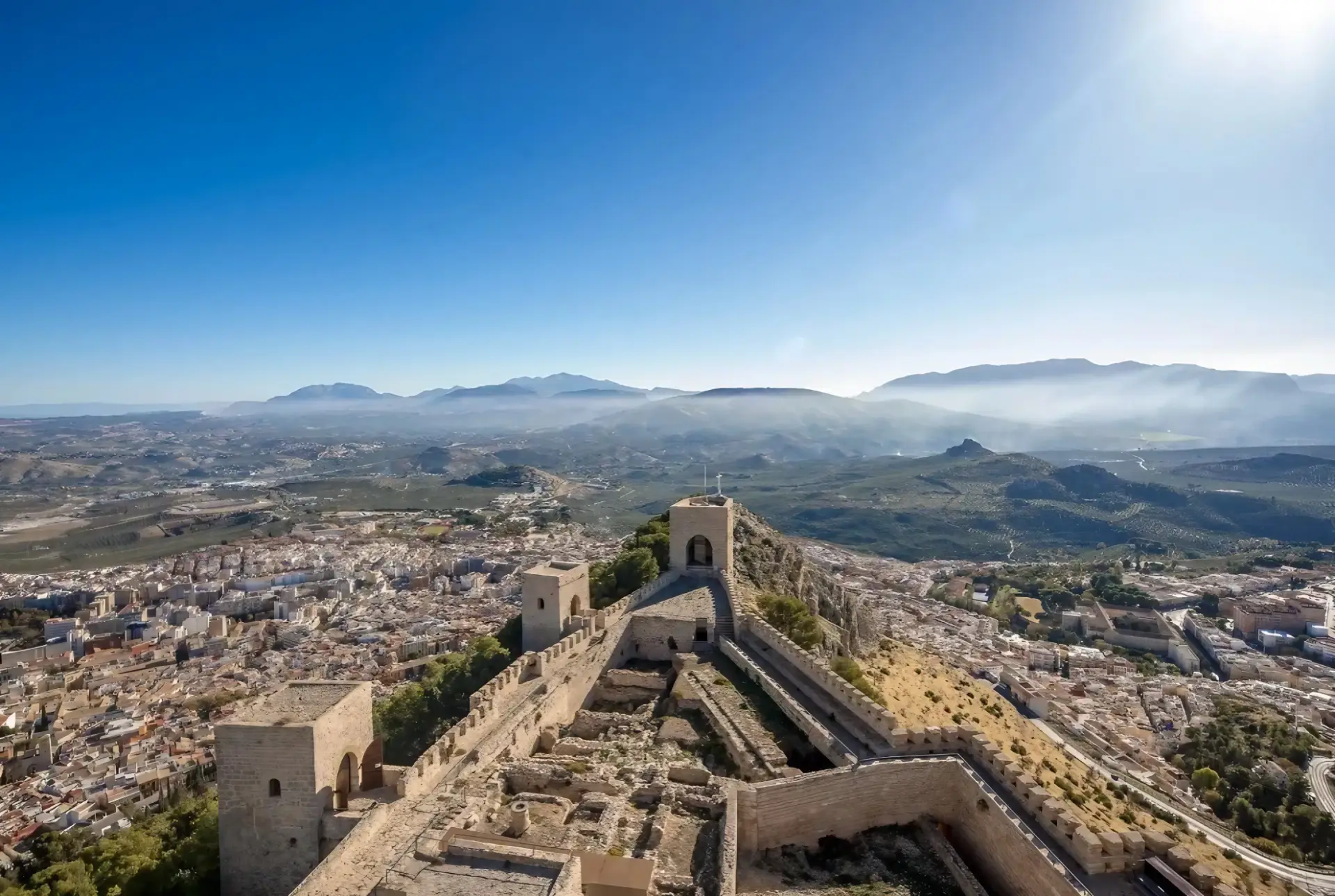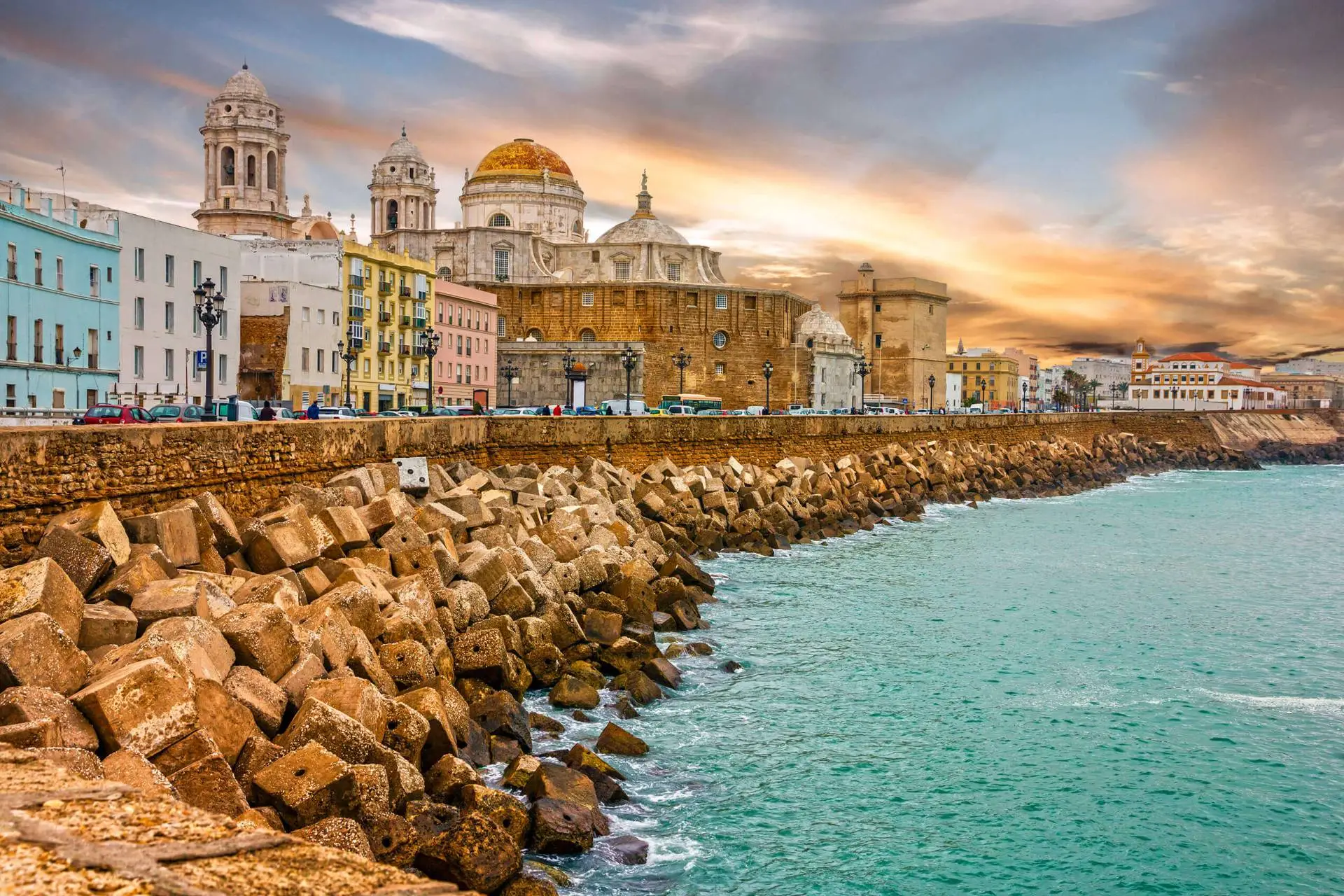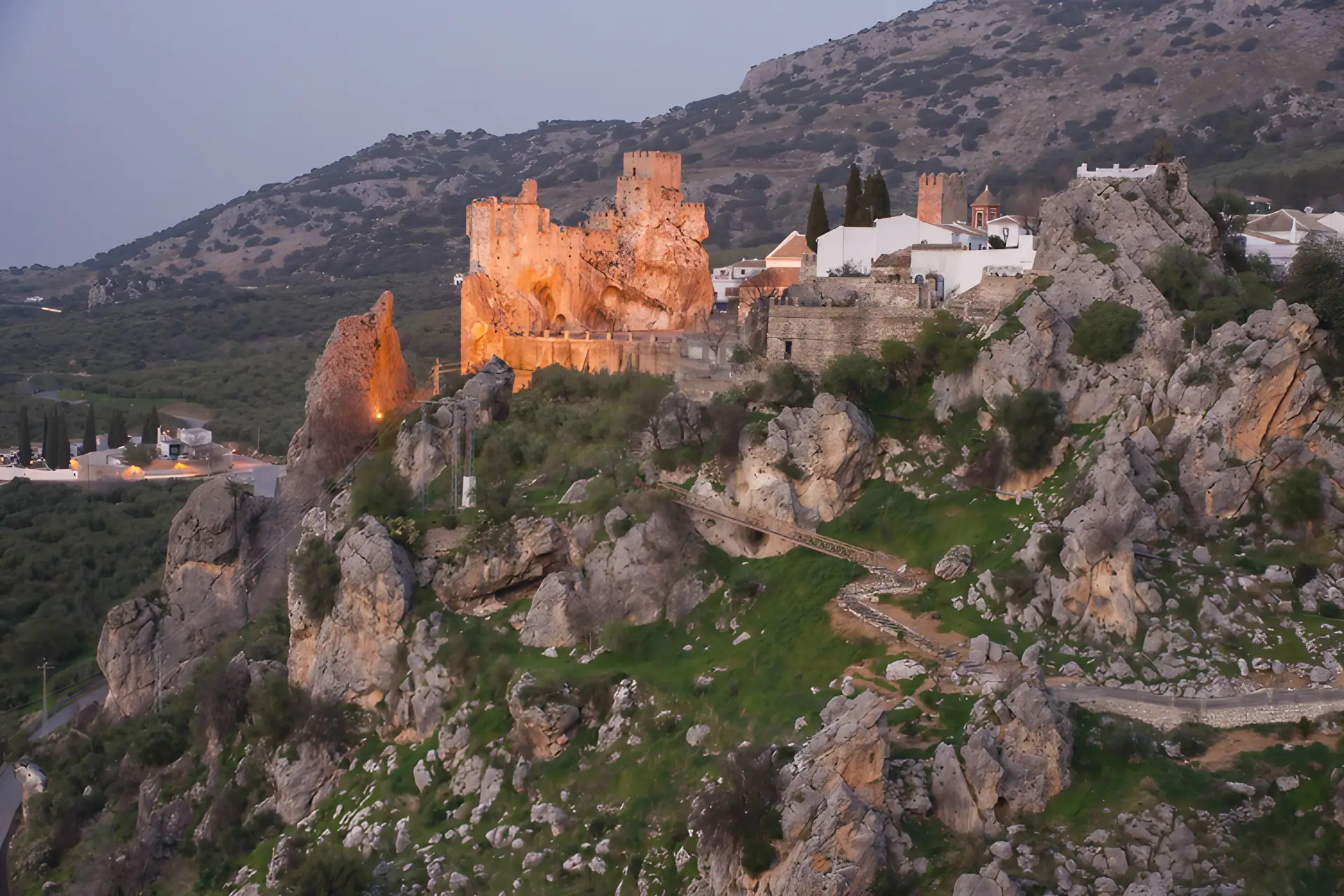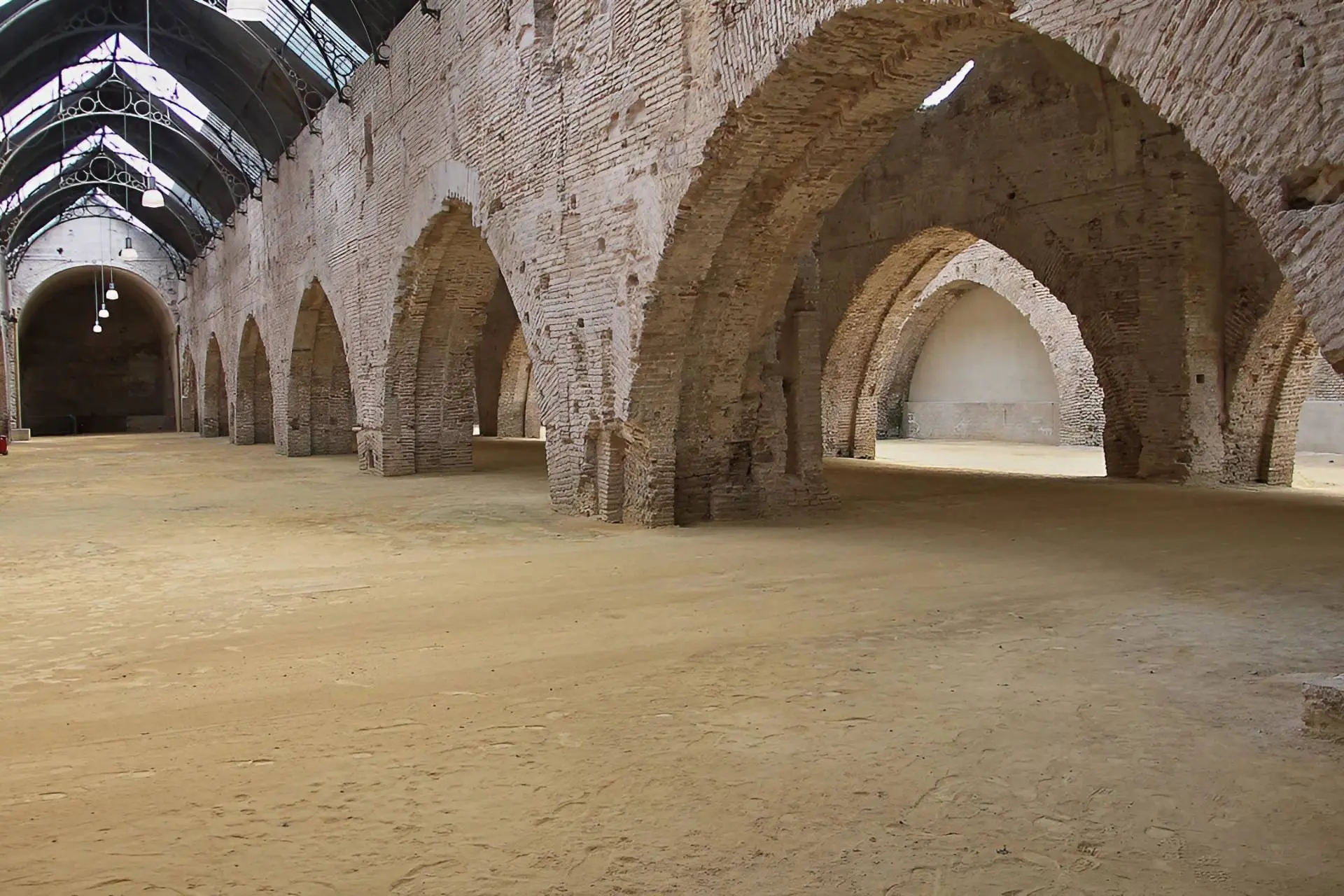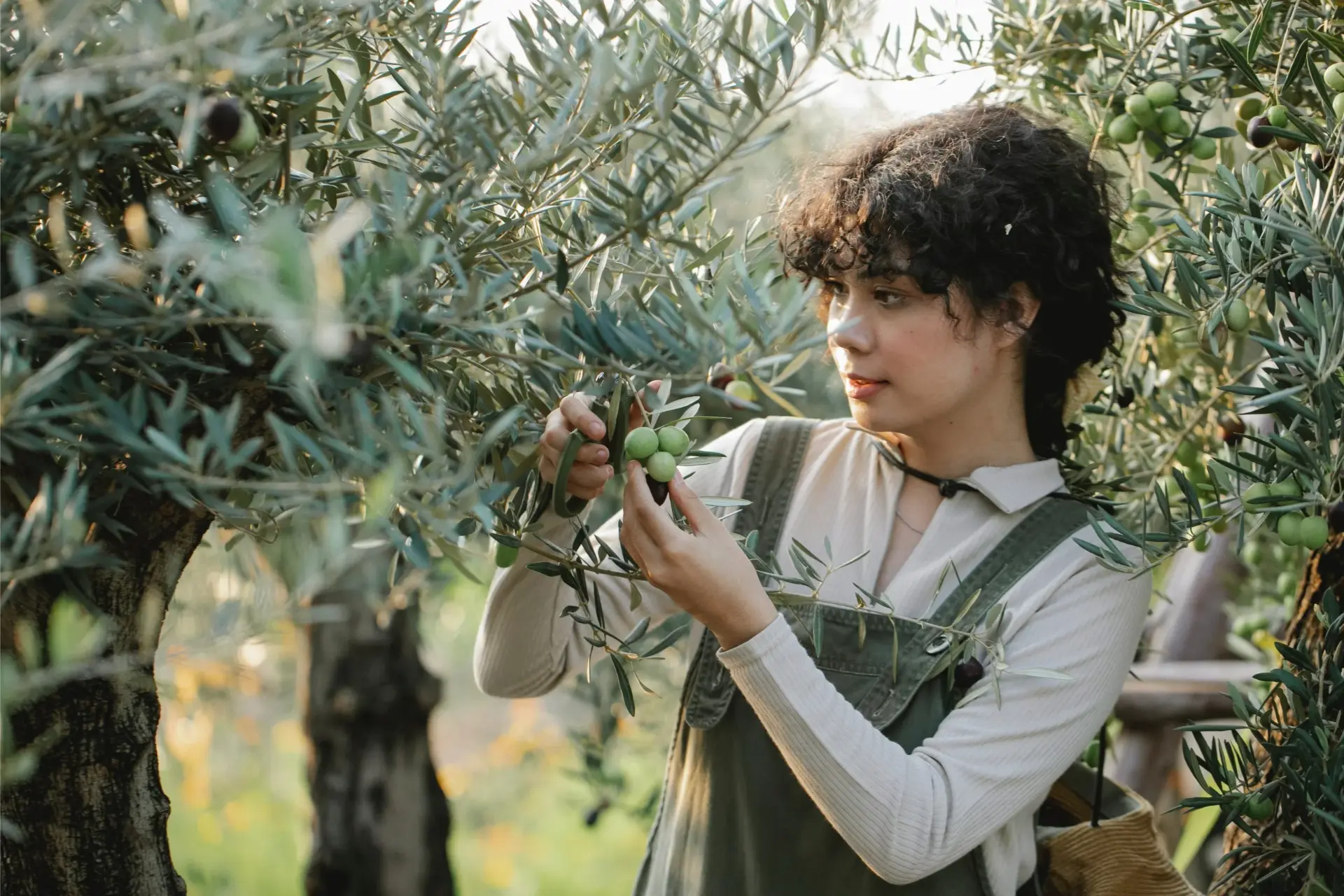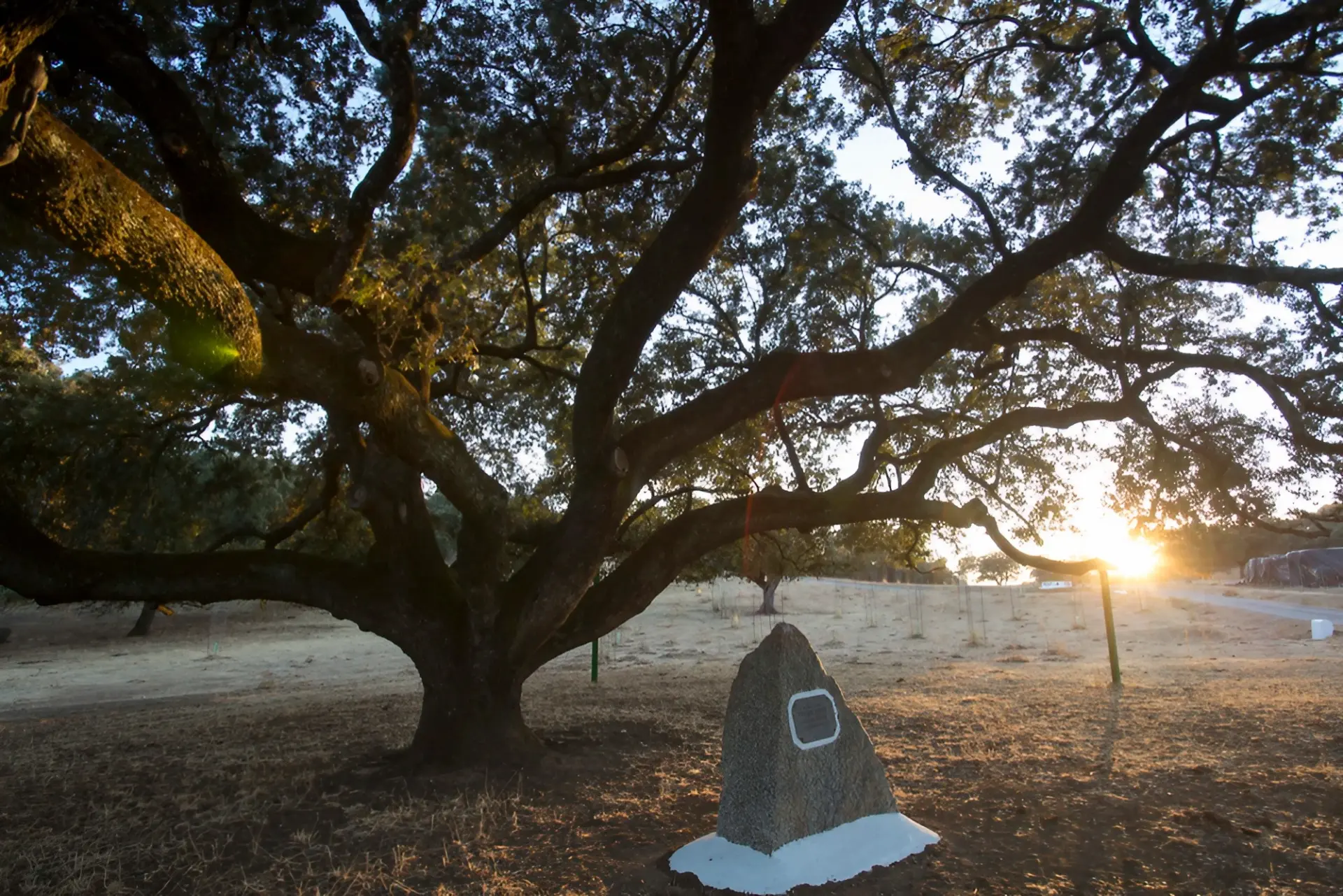When I tell people that I live in Algeciras, the normal reaction is a one word question.
“Why?”
Granted, it’s not the loveliest of Spanish Towns. I started my Andalusian adventures in Seville and then moved to the little jewel in the crown of the Huelva coastline called El Rompido. So believe me, moving to Algeciras was a bit of a shock but life in its mysteries brought me here.
Franco´s heinous decision to build a gigantic oil refinery in the glorious Bay of Gibraltar ruined the area forever. Ever since the civil war ended in 1939, the ignorant decision makers of Algeciras have gradually destroyed all her appeal; tearing down among other things her bullring, her seashore stadium and the grand stone steps from the Plaza Alta to the seashore.
I´m convinced that it used to be exceptionally beautiful. It was a hot-spot in the 1920’s when European nobility flocked to the Victorian Hotel Reina Cristina. The writer Laurie Lee fell under its spell and in his eloquent book, “As I walked out one midsummer´s morning” he confesses that of all Spanish towns, it was Algeciras that tugged at his heart strings. It was a seaport but its townsfolk were not tarnished or blighted by trickery. It was a gentle place that sloped down to the water´s edge with a flair for music and dance. Hard to believe nowadays, but it´s true.
But in 2012 there must be more reasons to come to Algeciras than Primark, right? Having been here for almost 2 years, I’ve discovered them. Let´s start in this blog with Carteia.
Situated at the head of the Bay of Gibraltar on the Estuary of the River Guadaranque, Carteia’s roots hark back to Phoenician times. Its almost 3000 years of history are all but hidden from public view. I discovered Carteia quite by chance. One day I had ventured into the area surrounding the oil refinery. It´s enormity really hits you when you get up close and it´s almost impressive in a “love of industrialization” kind of way, but that’s a whole different blog.
As I circumnavigated around the site I spotted one of those lovely Spanish road signs that tells you something worthy of note is in the vicinity. You know the ones I mean; brown background and white lettering. They normally say something like “The Jump of the Friar” (Salto del Fraile) or “Dolmen Site” (Sitio de Dolmenes) but this one read “Enclave Arqueológico Carteia”.
“What? Can’t be. Right in the middle of here? Really?”

I looked around me and imagined the area pre-refinery and it made perfect sense; a horse shoe bay with white sands, fresh water running into it, Gibraltar as a gargantuan wind break and Africa across the Straits-the perfect place for any city. The gates were locked (and they often are) but the Tourist Office in nearby San Roque sorted me out with a visit. I invited Mimi along.
There are scheduled visits but this day it was just the guide and us. I could hardly contain my amazement as her explanations manifested themselves as my ever larger Cheshire cat grin. Phenomenal – all of it. Among the ruins lie the impressive remains of a Temple with 8 metre high walls, an entire bath complex, humble houses and Grand Villas.
One of the most impressive elements is an almost complete Roman Sacrificing Altar sitting just outside the temple. I’d never seen one before. Mimi gingered herself into vantage points to be able to capture the irony of the place. Roman pillars back-dropped by the immensity of the refinery. Juxtapositions like no others. Not even I.M Pei’s pyramid can touch this one.
Only 17% of the site has been excavated and the process continues every summer when foreign universities (how embarrassing) come in to continue the dig. One part that I still haven´t managed to access is the Roman Theatre that sits up on the highest part of the site. Our guide pointed towards the chimneys and told us that it could have seated 6000 people. Based on comparative estimates, that means Carteia could have had a population of almost 10,000.
In 171 BC the Romano-Spanish residents of Carteia petitioned the Roman Senate for full citizenship and were granted it, hence Carteians became the first Romans outside Italy to receive full civic status – the Latin Rights.
As we walked the ever pleasant route, Gibraltar was our passive witness, looking beautiful in the still waters of the bay. Romans always chose their sites with extreme care and taste and this is no exception. It pains me that it is now wrapped up in pollution and ugly commerce. There is no getting away from the filthy stench of the gasses. Our guide explained that she was used to it, trying to play down the whole tragedy.
I couldn’t help imagining what lurks beneath the undulating hills. 83% of it is still there, compact beneath the earth waiting to be given the breath of re-birth. Our guide confessed that recently on a quiet morning (I can’t ever imagine it being busy) she took a stroll to keep herself warm and came across a solid gold ring.
“Did you hand it in?” I asked her.
“Of course I did”, came her reply. “Anything I find within the precinct belongs to the museum. Now had I found it out on the road, that would be different!”
We thanked her for her time. I think she was delighted. We had broken up her monotonous morning and she seemed amused by this athletic photographer and this grinning “güiri” as he scribbled in his red diary.
As we were leaving I looked at Mimi and didn’t even have to ask her. She was already thinking the same thing. You guessed it. We just couldn’t help ourselves. We parked the car outside and took a casual stroll along the precincts outer fence just to see if we got lucky. Needless to say, we didn’t. Nothing glimmered from within the grasses but the rush of possibility gave us both a buzz. We drove off to find the Roman Mayorga bridge that lies just a kilometer away and warm ourselves with a café con leche.










